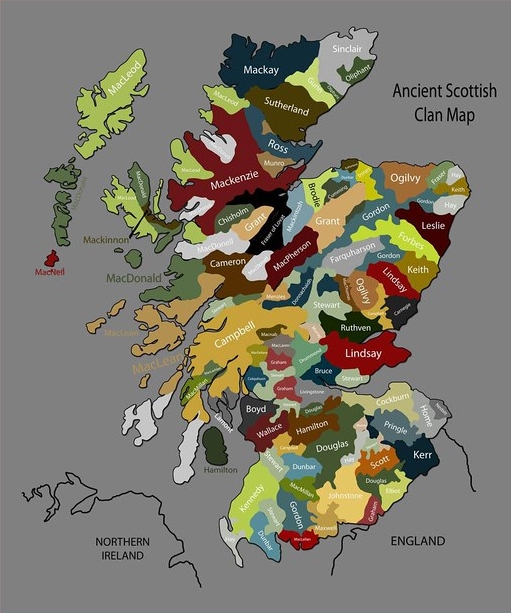Selecting a DNA test to help with your genealogy research can be confusing. Here are some things to bear in mind as you do so. It is also recommended you contact someone who is administering a Project or a Project Team member as they can give you hands-on advice.
* Perhaps the most difficult part of all the tests is getting people to respond to your requests for information and, secondarily, trying to get people to take a test.
With all the tests, being able to directly contact a match is very important. Of the “big three” (23andme.com, ancestry.com and familytreedna.com, “Ancestry” is the only one that does NOT allow people to directly contact a match – they must use their anonymous messaging service.)
The cost of tests runs from “not much” to “a lot”, so it is wise to understand what you get for your money. Generally speaking, the higher the resolution of the test, the more useful it will be (and higher resolution usually costs more money). Here are some basic insights:
- Autosomal DNA
This is usually the least expensive. It can also be one of the most difficult to interpret. The company offering the test should offer analytical tools and provide you with contact information for people with whom you share a match.An atDNA test, from a reputable company, should provide you with a list of people that match your DNA profile and, ideally, a means to contact those people. These will be first to fifth cousins.An atDNA test will not provide you with information about any specific ancestor and it will not provide you with useful information about ancestors beyond five generations back.
- Mitochondrial DNA
mtDNA is sometimes thought to be the least useful test but this is only because it is not properly understood. Some pundits have said it is a fraud or a scam because it excludes all your ancestors but one from each generation. Five generations back you have 32 ancestors, but mtDNA only provides a signature for one of those from each generation, or 5 people. This is not a weakness. It is a significant strength in that if provides focused and more easily researched information. Y-DNA (see below) also provides focused information.mtDNA provides you with a signature for your matrilineal line. It is difficult in that it mutates so slowly that a perfect match between two individuals can indicate a relationship somewhere within hundreds of years. Its difficulty is compounded by the fact that a woman’s surname typically changes with each generation and, in many cases, may even be unknown.
- X-chromosome DNA
This is currently the least used of the four types of DNA. It is used similarly to atDNA, but its mode of transmission makes it difficult to use.
- Y-chromosome DNA
This is perhaps the most useful of all the DNA tests. It provides information on a man’s patrilineal line and is also called a “surname” test because men typically carry the same surname through each generation.It is typically the most expensive test and, like mtDNA, it receives criticism for not being inclusive of all one’s ancestors. Anyone who says that clearly has not used DNA for research. Being able to focus on one individual from each generation is very powerful.As with mtDNA, the single-line focus excludes other ancestors. This can be rectified by finding descendants of the other lines and having them test. That may not even be necessary, as a search for surname projects (available only at Family Tree DNA) may show that your other surname is already being researched.Y-DNA testing can include both SNPs and STRs. As with the other tests, SNPs provide information about ancient mutations. STRs provide information about more recent changes. A perfect match at 67 or 111 Y-STR markers can indicate a relationship within one or two generations (a first or second cousin). This allows for much more detailed clues into where lines intersect within a useful genealogical time frame.
This content derived from TNG Wiki

